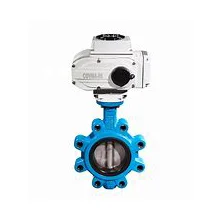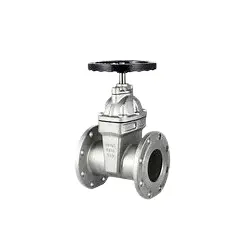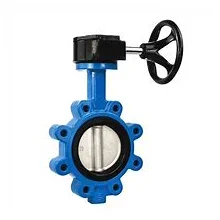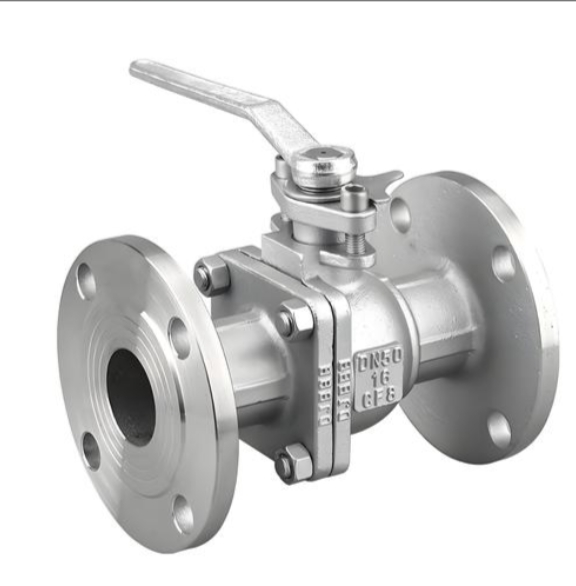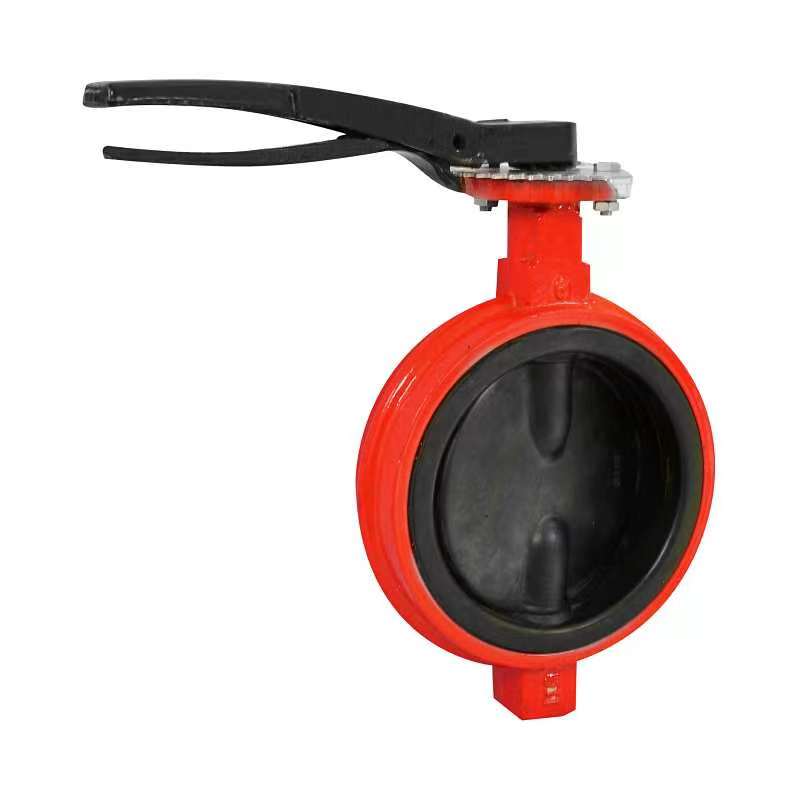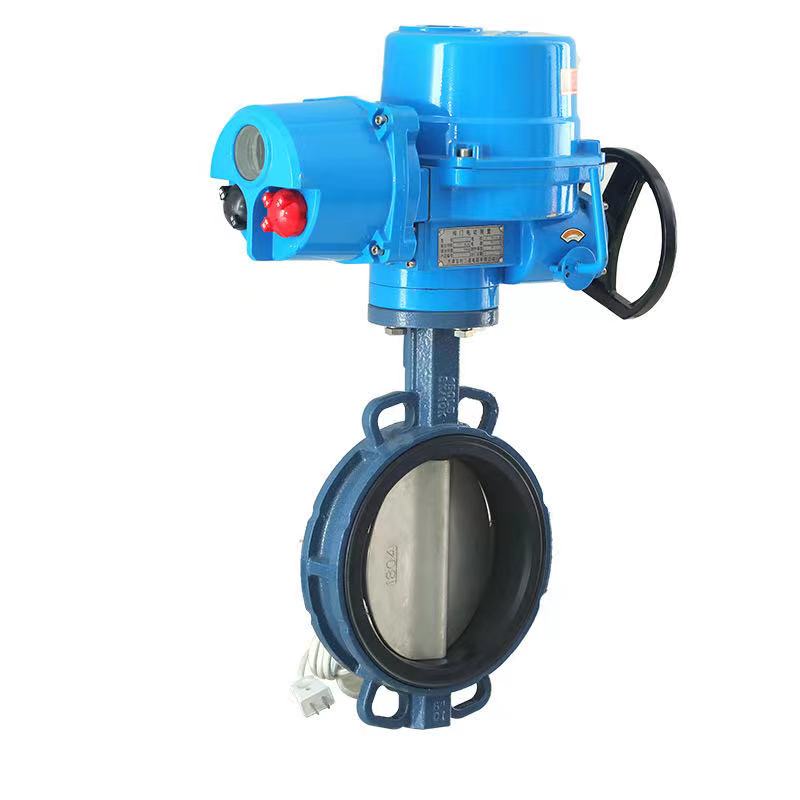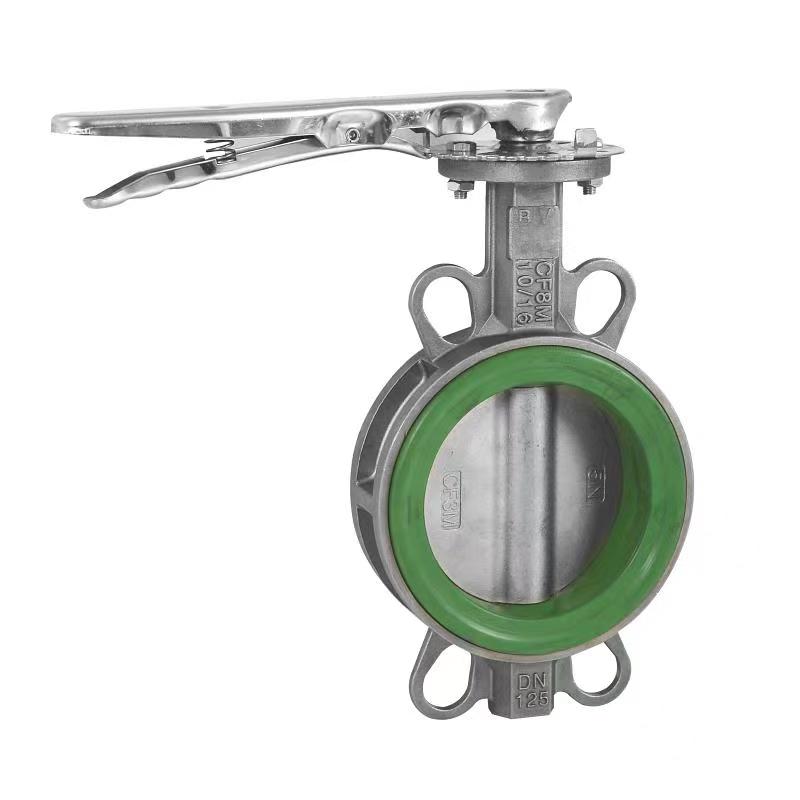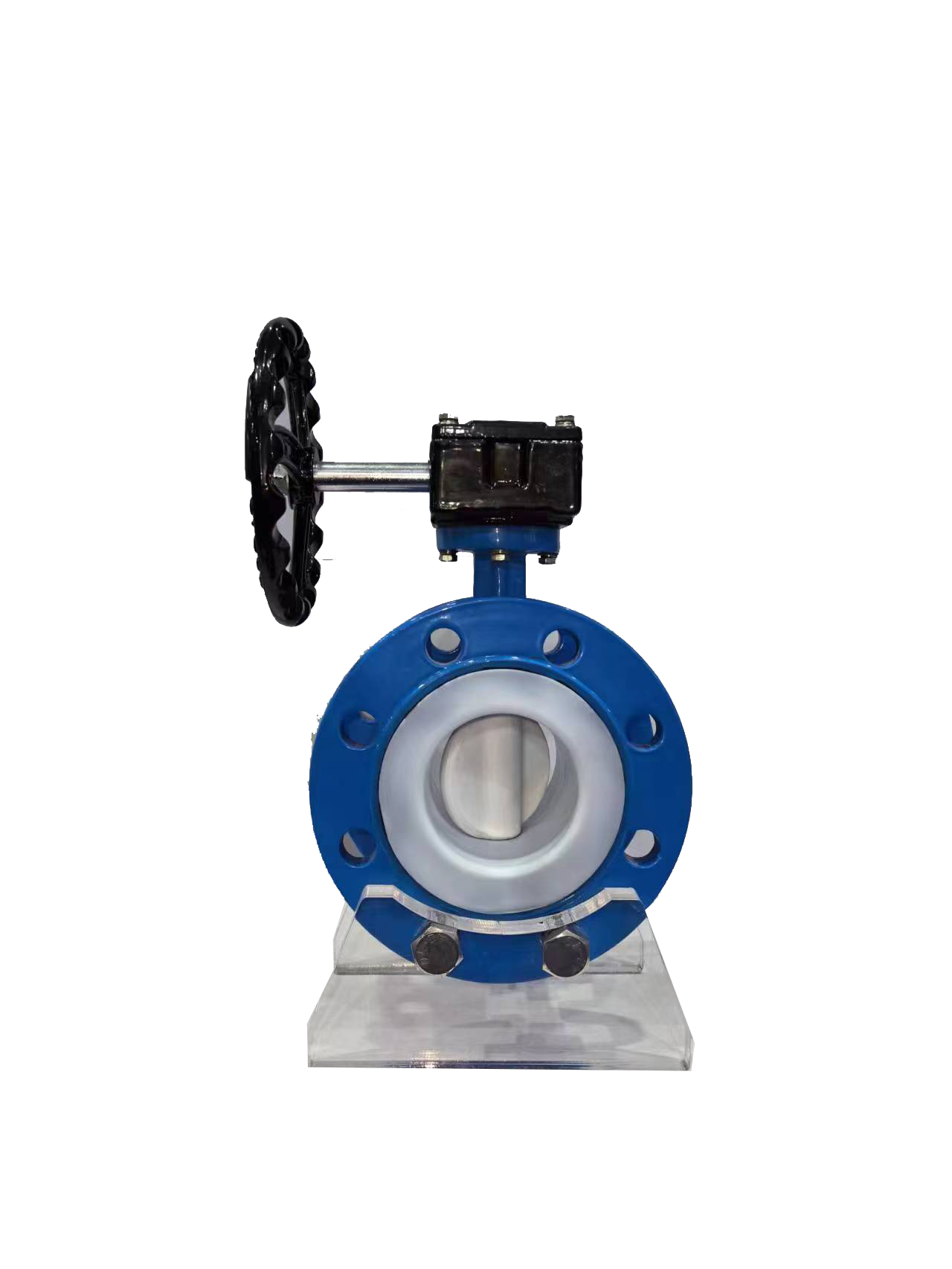- English
- Español
- Português
- русский
- Français
- 日本語
- Deutsch
- tiếng Việt
- Italiano
- Nederlands
- ภาษาไทย
- Polski
- 한국어
- Svenska
- magyar
- Malay
- বাংলা ভাষার
- Dansk
- Suomi
- हिन्दी
- Pilipino
- Türkçe
- Gaeilge
- العربية
- Indonesia
- Norsk
- تمل
- český
- ελληνικά
- український
- Javanese
- فارسی
- தமிழ்
- తెలుగు
- नेपाली
- Burmese
- български
- ລາວ
- Latine
- Қазақша
- Euskal
- Azərbaycan
- Slovenský jazyk
- Македонски
- Lietuvos
- Eesti Keel
- Română
- Slovenski
- मराठी
- Srpski језик
- Esperanto
- Català
- שפה עברית
- Cymraeg
- Latviešu
- icelandic
- ייִדיש
- беларускі
- Hrvatski
- Kreyòl ayisyen
- Shqiptar
- Malti
- lugha ya Kiswahili
- አማርኛ
- Bosanski
- Frysk
- ភាសាខ្មែរ
- ქართული
- ગુજરાતી
- Hausa
- Кыргыз тили
- ಕನ್ನಡ
- Corsa
- Kurdî
- മലയാളം
- Maori
- Монгол хэл
- Hmong
- IsiXhosa
- Zulu
- Yoruba
- অসমীয়া
- ଓଡିଆ
- Twi
- Samoa
- Sesotho
- සිංහල
- Gàidhlig
- Cebuano
- Somali
- Тоҷикӣ
- O'zbek
- Hawaiian
- سنڌي
- Shinra
- Հայերեն
- Igbo
- Sundanese
- Lëtzebuergesch
- Malagasy
- Tǝlam Kanuri
- Punjabi
- پښتو
- Chichewa
What factors should be considered when selecting check valves?
2025-09-22
What factors should be considered when selecting check valves?
As an automatic valve, check valves play a crucial role in preventing medium backflow in many industrial and civilian systems. Choosing the right check valve is crucial for the stable operation of the system. The following are the key factors to consider when selecting.
Firstly, the characteristics of the medium. Different media have different requirements for the material and structure of check valves. For example, when transporting corrosive media such as strong acid and alkali solutions, corrosion-resistant stainless steel and plastic material check valves must be selected to prevent the valve from being corroded and damaged, ensure that the check valve can work stably for a long time, and effectively prevent the medium from flowing back. If the medium contains particulate impurities, it is necessary to choose a check valve with strong flow capacity and not easily clogged, such as a rotary check valve, whose structure can reduce the accumulation of impurities and ensure the normal check function.
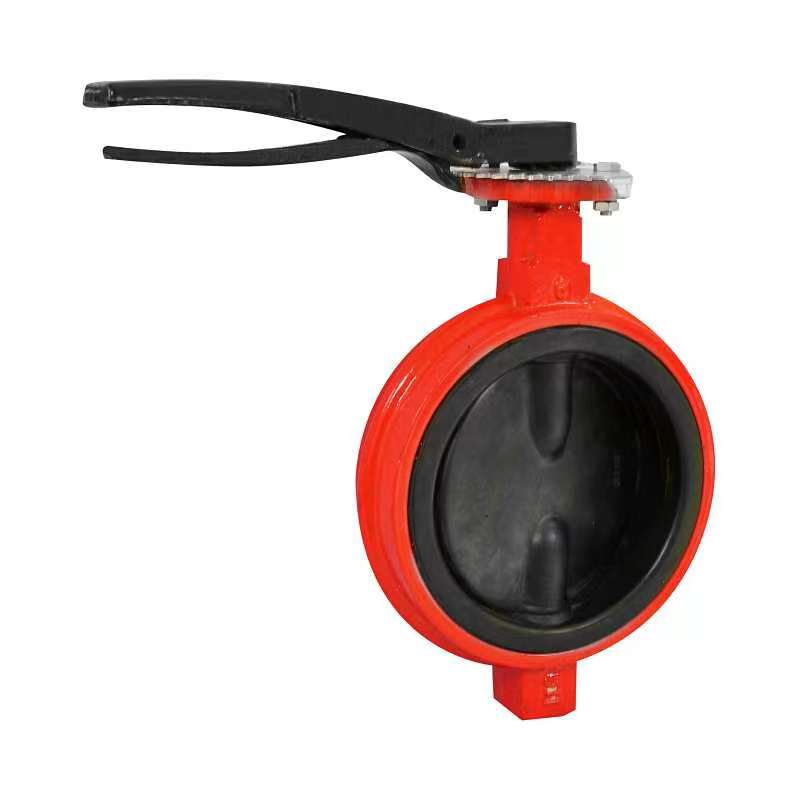
Next are work pressure and temperature. The working pressure directly affects the strength design of the check valve. It is necessary to ensure that the rated pressure of the selected check valve is higher than the actual working pressure of the system, otherwise safety accidents such as valve rupture and medium leakage may occur, and the check function cannot be achieved. In terms of temperature, high-temperature media can change the material properties of valves, while low-temperature media may cause material brittleness. Therefore, it is necessary to select suitable materials and sealing structures for check valves according to the working temperature range to ensure reliable check at different temperatures.
Furthermore, it is the installation location and space. Check valves have different installation methods such as vertical and horizontal, and the appropriate type should be selected according to the system layout. If the installation space is limited, it is necessary to choose a compact check valve, such as a lift check valve, which has a small volume, can save space, and meet the check requirements.
Finally, there are traffic requirements. The flow rate of the system determines the diameter of the check valve. When the flow rate is high, choosing a check valve with a smaller diameter can increase fluid resistance and affect the normal operation of the system; Choosing a large-diameter check valve for low flow will result in cost waste. So it is necessary to accurately select the diameter of the check valve based on the actual flow rate to ensure that it can effectively control the flow direction of the medium and achieve a good check effect.
Related News
- Can check valves prevent pump reversal
- What scenarios are check valves suitable for?
- What should I do if the check valve cannot stop the water?
- What should I do if there is leakage inside the check valve
- What are the types of check valves
- Are there any requirements for the installation direction of butterfly valves?
New Products


